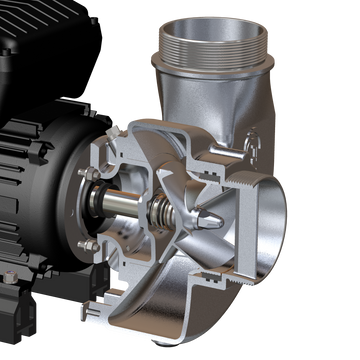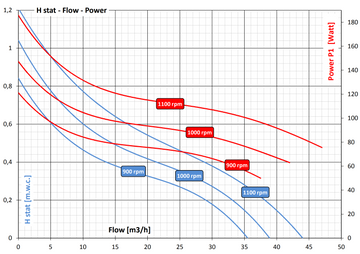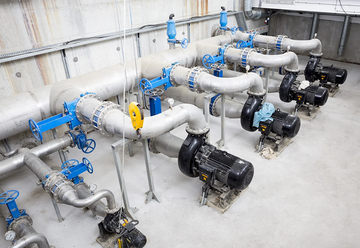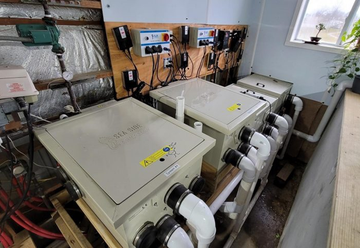Why the FlowFriend Pump Outperforms Wet Rotor Pumps
In the world of pond pumps, technology is often the deciding factor between long-term, efficient performance and frustrating breakdowns or energy waste. While many traditional pumps still rely on the so-called wet rotor design, FlowFriend deliberately takes a different path: a high-efficiency dry-run pump system.
This isn’t just a design choice — it’s a statement of quality. The FlowFriend dry-run pump delivers maximum efficiency, minimal maintenance, and exceptional durability — consistently outperforming wet rotor pumps. In this article, we’ll explain what makes the dry-run design so effective, why FlowFriend stands out, and the real-world advantages over traditional wet rotor technology.
What’s the Difference Between a Wet Rotor and a Dry-Run Pump?
A wet rotor pump operates with the rotor directly submerged in the pumped water. The motor is internally cooled and lubricated by the water itself. The stator is encapsulated in resin and separated from the rotor by a thin magnetic shell called the “can.” This design is compact and relatively cheap but comes with some serious drawbacks.
A dry-run pump, like the FlowFriend, keeps the motor entirely outside the water. It runs in air, uses high-quality grease-lubricated ball bearings, and features a robust mechanical shaft seal. The motor is passively or actively cooled, depending on the setup. The result? Much higher efficiency, smoother speed control, and far greater longevity.
Wet rotor pump example
FlowFriend Advantages Over Wet Rotor Pumps
1. Higher Efficiency
-
No internal rotor drag in water.
-
Energy losses scale cleanly with speed changes.
-
FlowFriend’s EC motor reaches up to 90% efficiency.
2. Long-Life Bearings
-
Industrial-grade grease-lubricated ball bearings.
-
No vulnerable water-lubricated slide bearings.
3. Maintenance-Friendly Design
-
Modular construction: rotor, seal, and motor parts are replaceable.
-
No potted stator to throw away when damaged.
4. Reliable Mechanical Seals
-
High-end shaft seals optimized for industrial environments.
-
Proven performance and materials in industrial-grade systems.

5. Resistant to Lime, Silt, and Debris
-
No internal liquid flow over motor parts.
-
No risk of seizing or damage due to dirt or scale.
6. Safety
-
No voltage on the water caused by a damaged can.
Power Losses at Variable Speeds
One of the FlowFriend’s key advantages is its frequency-controlled EC motor. Unlike wet rotor pumps, it maintains high efficiency at all speeds.
What Happens When You Reduce RPM?
In a dry-run pump like FlowFriend, flow, head, and power follow the Affinity Laws:
-
Flow (Q) ∝ speed (N)
-
Head (H) ∝ N²
-
Power (P) ∝ N³
So: lower speed = much lower energy consumption, and the efficiency stays high.
In a wet rotor pump, the rotor spins in water at all times, even at low RPM. This creates dominant internal resistance that doesn’t scale down. You continue drawing power — but generate little to no flow.
The result: poor efficiency and wasted energy. FlowFriend avoids this by eliminating that internal drag altogether.
The Hidden Weaknesses of Wet Rotor Pumps
Most wet rotor pumps come with:
-
Non-repairable potted stators,
-
Slide bearings that wear out quickly in hard water or dirt,
-
Thin metal “cans” prone to corrosion and failure.
Any internal leakage or bearing damage usually means total pump failure. These are not long-life machines.
Conclusion: FlowFriend Is the Smart Choice
Whether you’re running a high-end koi pond, a drum filter system, or just want long-term performance with peace of mind, the FlowFriend dry-run pump is the superior solution.
With energy-saving EC technology, durable industrial-grade components, and full controllability, FlowFriend delivers reliable, quiet, and efficient performance for years to come.
Not sure which FlowFriend model is right for situation? Get in touch for expert advice or explore our full range on the product page.





